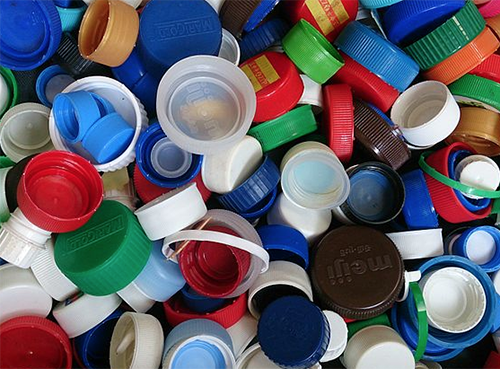Conveyor Belts
Description: Conveyor belts are widely used to transfer food and beverage products at various stages of processing and production. Belt material selection is usually determined by cost, cleaning needs, oil and water repellency, and heat exposure.
Potential concern: Chemicals of concern may migrate from the food contact surface of some conveyor belts into the food product, depending on the material used.
Solution Focus: The "face" of conveyor belts is its food contact surface. Choose facing materials that have fewer chemical additives of concern, are not treated with non-stick or anti-microbial coatings or varnishes, and pose fewer toxic hazards over the lifecycle of the material. For sustainability, opt for materials that are recyclable or compostable.

References
Carlos KS, de Jager LS, Begley TH (2018). Investigation of the primary plasticizers present in polyvinyl chloride (PVC) products currently authorised as food contact materials. Food Additives and Contaminants: Part A. 35:6, 1214-1222. https://doi.org/10.1080/19440049.2018.1447695
Petersen, J. H. and Jensen, L. K. (2016). ‘Phthalates in soft PVC products used in food production equipment and in other food contact materials on the Danish and the Nordic market 2013-2014, International Journal of Food Contamination, 3(1). https://doi.org/10.1186/s40550-016-0026-6.
See full list of resources here.
Information last updated: 10/28/2021


